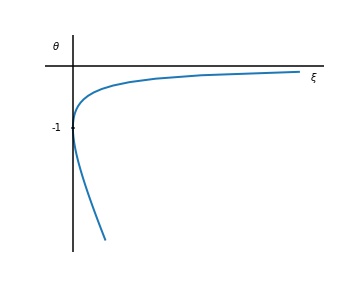Suppose we have a random walk + noise model so
\begin{align} y_t & = \mu_{t-1} + \epsilon_t\\ \mu_t & = \mu_{t-1} + \eta_t \end{align}
Then, it's straightforward to show that
$$\triangle y_t = \eta_{t-1} + \epsilon_t - \epsilon_{t-1}$$
and also that, the autocorrelation at lag 1 of $\Delta y_t$, $\gamma_1 = - \frac{\sigma^2_{\epsilon}}{\sigma^2_\eta + 2 \sigma^2_{e}}$
So, the lag 1 autocorrelation has to be between $-0.5$ and $0$ by inspection.
But, consider the "equivalent" ARIMA(0,1,1) model:
$$\triangle y_t = \theta \nu_{t-1} + \nu_t$$
Since, $\theta$ has to be between -1 and + 1 in the ARIMA(0,1,1) and the first order autocorrelation is $\frac{\theta}{1+\theta^2}$, the first order autocorrelation is between -0.5 and 0.5.
So, in the random walk + noise formulation, the $\theta$ is restricted to be between $-1$ and $0$ and, in the ARIMA(0,1,1) formulation, $\theta$ is between $-1$ and $1$.
So, my only point is that there is a restriction for the random walk + noise model. But, if we put $\phi$ as a coefficient of $\mu_t$ in the random walk + noise model so that it's no longer a random walk + noise model, then the restriction goes away.
So, by enforcing the unit root for $\mu_{t}$, one ends up with a restriction in the "equivalence" between the random walk + noise model and the ARIMA(0,1,1) model. In this sense, the two formulations are not truly equivalent because there are regions of the ARIMA(0,1,1) parameter space that cannot be reached by the supposed equivalent random walk + noise model.
Does this make intuitive sense to anyone that the restriction goes away by the introduction of the new parameter $\phi$. Just curious? Thanks.


kalman-filtertag relevant here? $\endgroup$